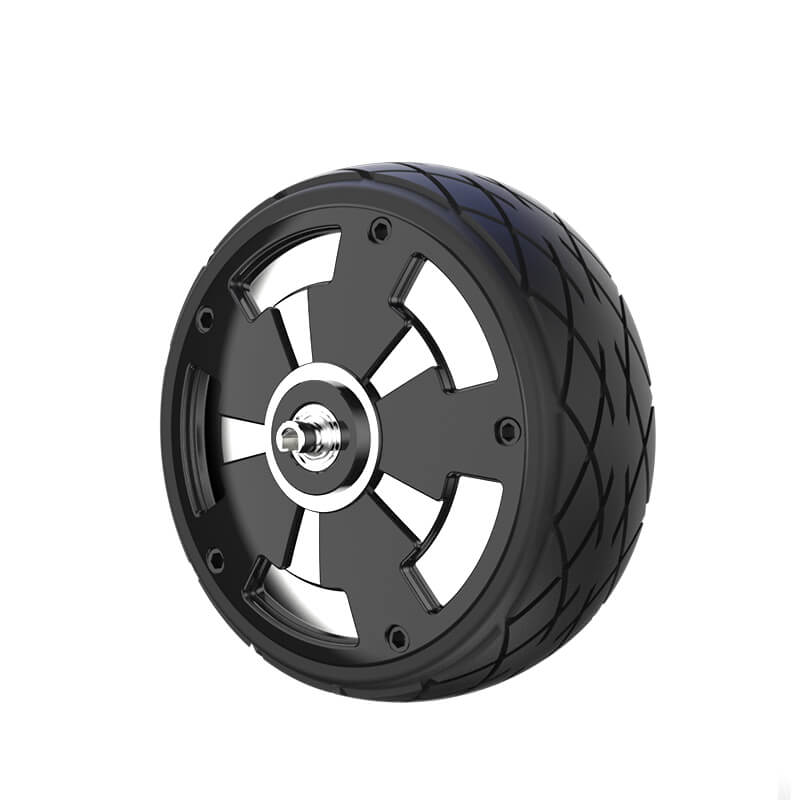Ever dived into the world of micro servos? If you’re tinkering with robotics or building tiny machines, understanding the wiring diagram for a micro servo can be a game-changer. Building a solid connection isn’t just about plugging in wires and hoping it works—it’s about knowing exactly where each part fits, like piecing together a high-stakes puzzle.

Imagine this: you’ve got your micro servo, tiny but mighty, waiting for power and signals to come alive. The wiring diagram is your map. Usually, you’ll have a three-wire setup—one for power (often red), one for ground (black or brown), and a signal (white, yellow, or orange). The trick? Making sure each wire gets to exactly the right spot. Fail here, and your servo might jitter, jitter more, or just… nope, not move at all.
Now, it’s interesting how straightforward it sounds but how many little pitfalls sneak in. Do you know why grounding matters? It’s about creating a reference point so your signals reach their destination smoothly. A loose connection can cause abrupt movements or even damage the servo. When wiring, pay close attention to the color coding—though not all brands follow the same scheme, so double-check your datasheet or wiring diagram. That way, you're not blindly connecting wires like a game of chance.
Here's a question that often pops up: "Can I power the servo directly from my microcontroller?" That's tempting, but it’s not always the smartest move. Besides, relying solely on your control board's power can lead to voltage drops. Often, adding a dedicated power source ensures your servo gets a steady, reliable supply. Think about it—imagine being on stage, and suddenly, the spotlight flickers. That’s what inconsistent power does in a circuit.
And what about the signal wire? It's more than just a control line. It’s the heartbeat of your servo. A clean, stable signal makes everything run smoothly. Using proper PWM signals helps your servo respond exactly how you want—whether that’s a gentle tilt or a quick spin.
Thinking about the bigger picture, having a well-illustrated wiring diagram is critical. It saves hours of troubleshooting—a crucial point when you're racing against a deadline or eager to see your project come to life. That diagram isn’t just a boring schematic. It’s a blueprint that guides you, showing clearly where each component plugs in, alerting you to potential pitfalls like reversed polarity or misplaced wires.
Why settle for guesswork? When you understand the wiring details, you gain confidence. Plus, it’ll make you better at troubleshooting when things don’t go as planned. That’s what makes a smart builder: knowing the ins and outs, even when the lights go dim or wires get tangled. It’s about confidence, precision, and making sure every tiny connection counts.
So, next time you’re wiring up a micro servo, keep this in mind. Think of the diagram as your trusty map, guiding each wire to its destiny. It may seem simple at first glance, but it’s the backbone of a successful, smooth-operating project. And honestly? Knowing exactly how your micro servo works behind the scenes keeps you steps ahead of the frustration.
Established in 2005, Kpower has been dedicated to a professional compact motion unit manufacturer, headquartered in Dongguan, Guangdong Province, China.




































